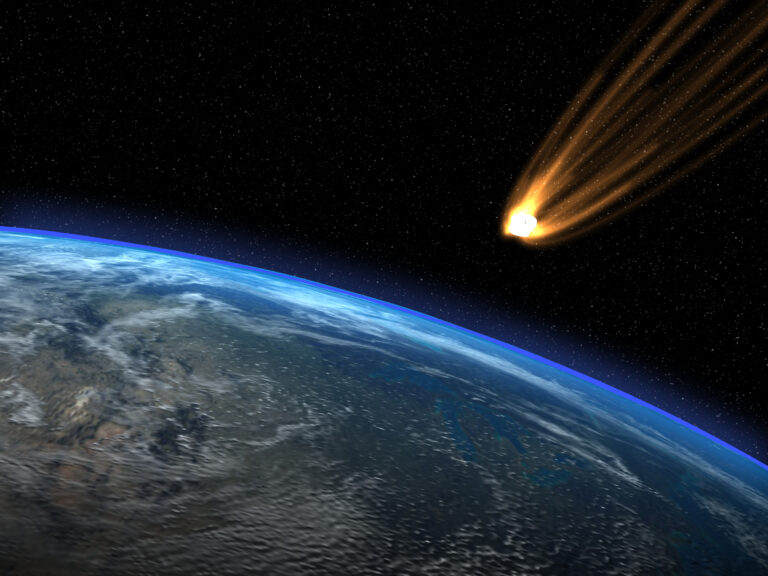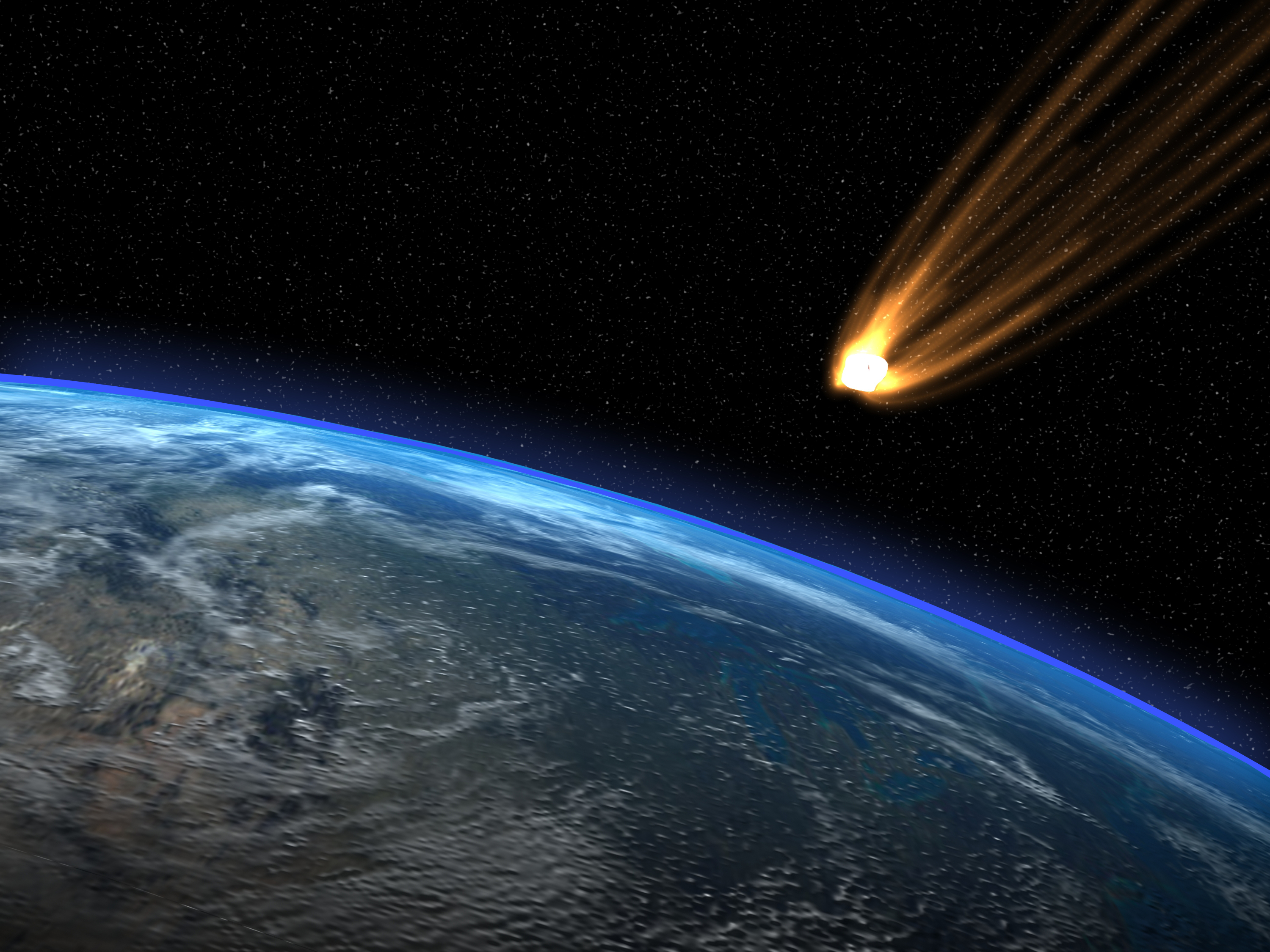
[ad_1]

One of the greatest mysteries of modern science is how life on Earth began. Scientists believe Earth formed about 4.5 billion years ago and that life emerged a few hundred million years later during a period known as the Hadean eon. But exactly how this happened is the subject of huge debate.
One widely championed theory is that Earth was covered with a prebiotic soup that catalyzed the formation of ribonucleic acid encapsulated within clusters of surfactant molecules. These clusters eventually formed protocells, and these bags of chemicals in turn became the first living cells.
But the devil is in the detail. The synthesis of ribonucleic acid requires various nitrile precursor molecules, such as hydrogen cyanide, cyanoacetylene and cyanogen, which can only form in certain conditions.
Life’s Building Blocks
But here’s the problem: conditions were not ripe for nitrile formation in the Hadean atmosphere. So how could these molecules have formed in the quantity needed to promote life?
Now we have an answer thanks to the work of Nicholas Wogan at the University of Washington in Seattle, and colleagues, who say that early asteroid impacts created exactly the conditions needed for nitriles to form. The key breakthrough by Wogan and co is to simulate the Hadean atmosphere after an impact in more detail than previously possible. Indeed, their results suggest that in post-impact conditions, nitriles would have rained down from the skies creating exactly the kind of prebiotic soup that is ripe for life.
Wogan and co begin by simulating the conditions in the Hadean atmosphere and how they change following an impact with a large iron-rich asteroid, about the size of Ireland. “Within days, a massive asteroid impact would leave the Hadean Earth with a global, ∼2000 K rock-and-iron vapor atmosphere, the iron derived from the impactor’s core,” they say.
The heat from this impact vaporizes any liquid water on Earth’s surface and this reacts with the iron to produce hydrogen and iron oxide. Over the next few thousand years, the hydrogen also combines with atmospheric carbon dioxide to form methane. Then, as the Earth cools, much of these components rain down to the surface, first the iron, then the steam and so on.
So much was known from earlier simulations, but the reactions stimulated by sunlight in this chemical rich atmosphere are also important. The beauty of Wogan and co’s model is that it simulates this photochemistry too, showing, for example, how the photochemistry of methane, hydrogen and nitrogen produces hydrogen cyanide plus a wide range of other nitriles necessary for life. What’s more, these persist in the atmosphere for millions of years, raining down on the surface throughout that time.
Rock Impact
Of course, none of this is enough to trigger life. Indeed, throughout the period of Wogan and co’s simulation, the temperature is far too hot.
Instead, they say that the nitriles were stockpiled during this period in the form of crystals and salts, a process that made them available later when the Earth had cooled. But the details of this stockpiling process need to be explored more fully. “The feasibility of stockpiling prebiotic nitriles in post-impact conditions requires further geochemical modeling and experiments,” admit Wogan and co.
That’s interesting work revealing just how complex chemical modeling needs to be to understand the conditions on early Earth, even in the time before life evolved. It also reveals the changing role that asteroid impacts have had on Earth. Today, asteroid impacts are feared because of their potential to end life on Earth but in the Hadean period, they actually created the conditions that made life possible in the first place.
How times change!
Ref: Origin of Life Molecules in the Atmosphere After Big Impacts on the Early Earth : arxiv.org/abs/2307.09761
[ad_2]